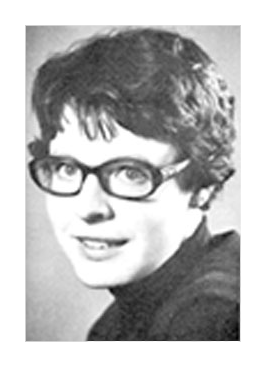Discovery

In 1967 while a young graduate student, Jocelyn Bell, was viewing the data from her radio telescope, she noticed a strange signal coming from space. Bell and her advisor, Anthony Hewish were very excited as they thought they have detected a signal from an intelligent extraterrestrial civilization. Unfortunately aliens were not the source of that signal, instead a much more exciting discovery was made, one that not only introduces humanity to a new type of stars, it also proves the very existence of a bigger group of stars called neutron stars.[1]
This discovery came about while Bell and her colleagues were researching quasars at the Mullard Radio Astronomy Observatory, near Cambridge. During the years 1965 to 1967 Bell and her colleagues built a new telescope that covered an area of about four and a half acres. After they had the telescope running, Bell was analyzing nearly 100 feet of paper every day by hand, and she learned to recognize scintillating sources and interference.[1]
Within a few weeks Bell notices strange data trends, more like a signal that didn’t fit with any other trends that represent man made interference or a scintillating source. At that time no theory fits such behaviour in nature. Bell and Hewish had to begin to rule out various sources of human interference only to fail to match it to any known sources.[2]
The signal discovered was a series of pulses that repeated every 1.3 seconds, they seem too fast to be coming from anything like a star. LGM-1 which stands for “Little Green Men” was the name given to the source by Bell and Hewish, they gave it this name as a joke, and the name was changed later.[2] The idea of aliens sending signals was finally ruled out for good after Bell noticed another similar signal coming from another part of the sky that repeated every 1.2 seconds.[1] Then over Christmas 1967 Bell noticed two more signals, bringing the total to four pulsars. Her discoveries were finally published by her and Hewish in Nature, February 1968.[1]
After the paper was published it was only a matter of time until other astronomers discovered many more pulsars. By the end of 1968 dozens of pulsars were discovered. soon after Thomas Gold showed that pulsars are actually rapidly rotating neutron stars.[1]
Bell finished her PHD after the huge discovery, got married, and left radio astronomy for gamma ray astronomy then x-ray astronomy. Anthony Hewish won the Nobel Prize in 1974 for the discovery of the first pulsars.[1]
Next
